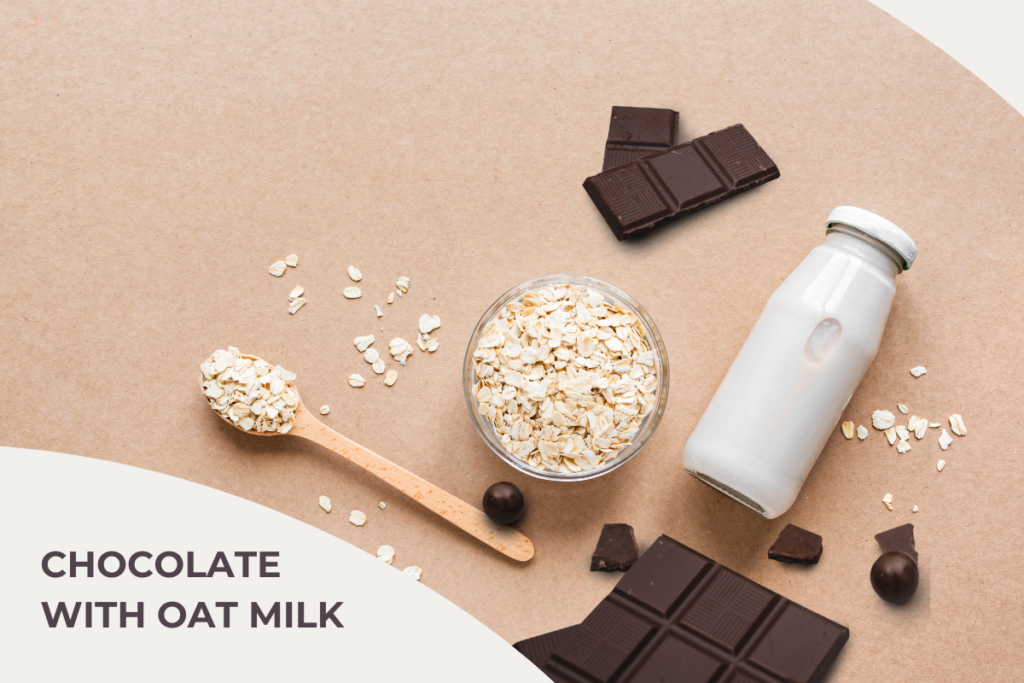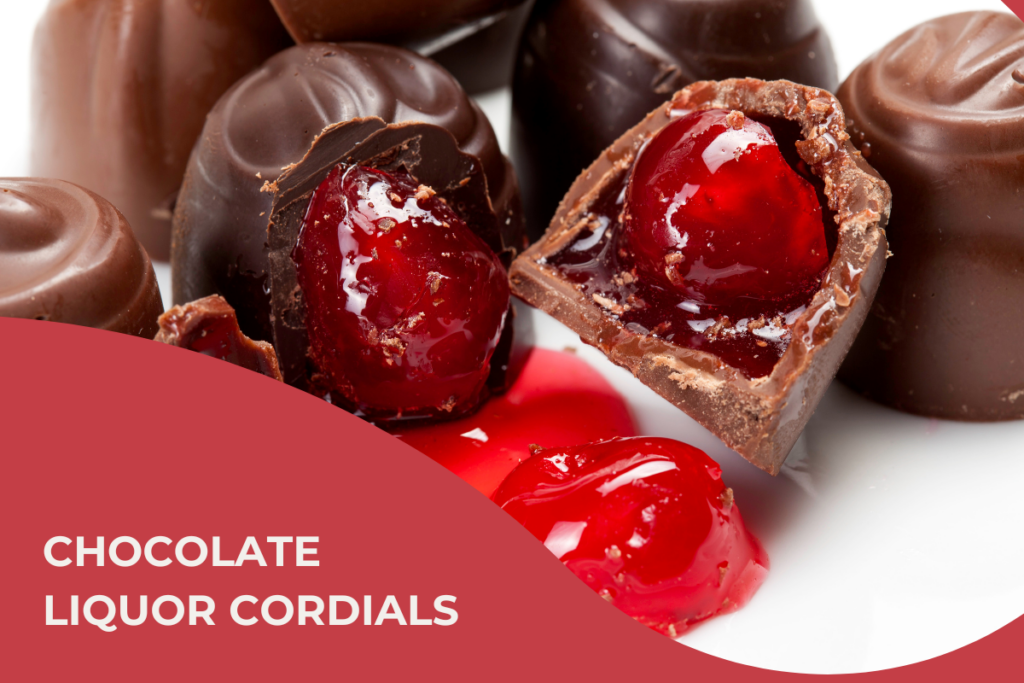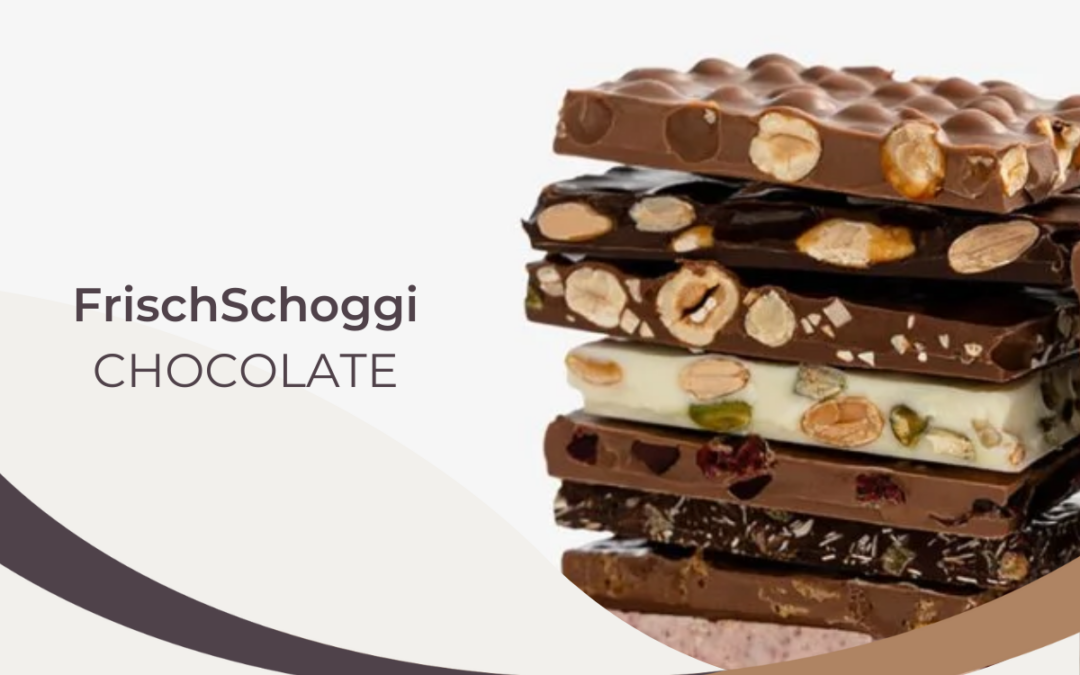How big does a particle need to be for your tongue to detect it? Taste buds, which are the structures on the tongue and other parts of the mouth that detect flavor, are not designed to detect particles directly. Instead, they detect flavors through chemical molecules dissolved in saliva. At the same time, we know that chocolate particles can indirectly influence flavor perception by affecting texture and mouthfeel. For example, smaller particles can create a smoother and more pleasant texture, while larger particles can feel rougher or grittier, which can affect how a taste is perceived.
In the world of chocolate, the size of the particles matters more than you might think. From the texture to the taste, the size of the cocoa particles can significantly impact the final chocolate product. Keep reading and explore why the size of chocolate particles is a key factor in the chocolate-making process.
What particles?
So, what particles are we talking about? That’s the first question we need to answer. Chocolate is composed of particles of chocolate ingredients (cocoa bean bits, sugar crystals, milk powder, etc.) surrounded by cocoa butter. When chocolate is melted, these particles are suspended in liquid cocoa butter, and when chocolate is solid, the particles are embedded in a cocoa butter matrix. The primary objective of two of the main processing steps in chocolate making, grinding and refining, is to reduce the size of the chocolate ingredients so that they get smaller and smaller. Most chocolate makers will target a final particle size of 15-25 microns (a micron is a thousandth of a millimeter). So when we talk about particle size, we are talking about the size of the bits of cocoa bean, sugar, milk powder and any other ingredients that have been added to the mix.
The importance of particle size in chocolate
Particle size in chocolate is crucial for several reasons. First, it directly affects the texture of the chocolate. Finer particles create a smoother, creamier texture, while larger particles can result in a more grainy texture. While it varies by individual, most people can detect grittiness when particles are larger than 35 microns (which is why most chocolate makers will target around 20 microns if they want a smooth mouthfeel). Second, particle size can influence people’s perception of the flavor of the chocolate. Lastly, particle size impacts how flavors are released in the mouth. Finer particles may release flavors more quickly, while larger particles may provide a more gradual release. This last point may be easier to understand if we focus just on sugar. Smaller sugar crystals will dissolve faster on your tongue and give you a sweeter flavor faster, while larger sugar crystals will dissolve more slowly and provide a slower release of sweetness over a longer period of time.
Why does chocolate particle size matter?
When cocoa particles are finely ground, they contribute to a smoother texture and a more velvety mouthfeel. This finer texture enhances the creaminess of the chocolate and allows it to melt more smoothly on the palate. In contrast, larger cocoa particles can result in a more granular texture, offering a different tactile sensation when consumed.
Moreover, the particle size of cocoa particles affects the release of flavor compounds in the mouth. Having many smaller, finer particles (which have a larger overall surface area) tend to release flavors more rapidly, providing an intense and immediate taste experience. On the other hand, larger particles may offer a slower flavor release, allowing for a more gradual and nuanced flavor profile.
If you look at chocolate under a microscope, you can actually see the small pieces of cocoa bean and sugar that make up the chocolate. It’s the size of these particles that can vary from maker to maker that is an important characteristic in the chocolate-making process.
Types of chocolate sizes
Types of cocoa particles can differ based on how the beans are ground during chocolate making. When cocoa beans undergo grinding, they break down into smaller and smaller pieces, and how finely they are ground can affect the texture of the chocolate in the end. There is also a belief that the shape of the particles can also have an impact of the texture, where the rounder the particles, the smoother the mouthfeel.
Whereas a more grainy texture in chocolate usually means that the cocoa particles are bigger and less finely ground. This can happen due to a less intense grinding process or when using traditional grinding techniques such as a metate.
The grinding process can be adjusted by the chocolate maker to achieve different particle sizes, depending on the desired texture and flavor profile of the chocolate. Grinding for a longer period of time will result in a smoother, more velvety mouthfeel, while coarser grinding will result in a more substantial and grainy texture. It is also important to note that chocolate can be over-refined which will result in a sticky mouth texture much like peanut butter.
It’s important to note that a grainy texture in chocolate isn’t always considered a defect. In fact, some chocolate makers (such as Taza Chocolate) intentionally make grainy or “stone ground” chocolate. Mexican-style chocolate often aims for a grainy texture compared to typical milk, dark, and white chocolate due to its raw sugar content and traditional processing technique (learn more about Mexican chocolate). So texture is one variable that chocolate makers can play with to change the experience that people have when eating chocolate.
For more great articles and recipes, check out the rest of our CocoTerra blog.
If you have any questions or comments, feel free to contact us through our social media channels. We are @cocoterra_co on Instagram and Pinterest and @cocoterraco on X (aka Twitter) and Facebook.







